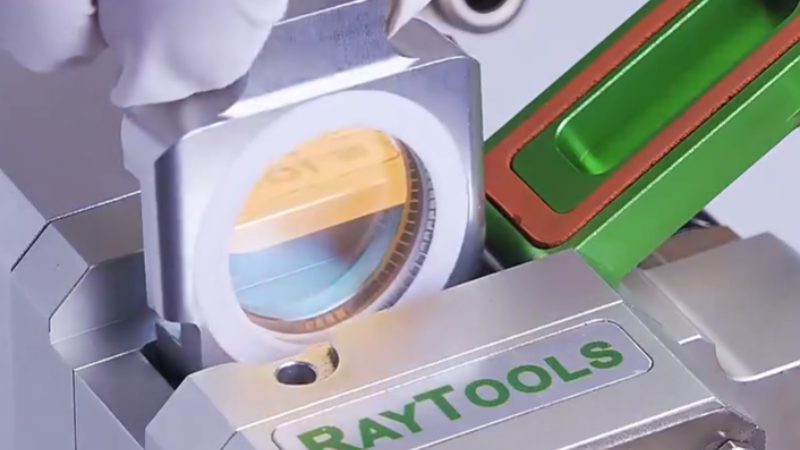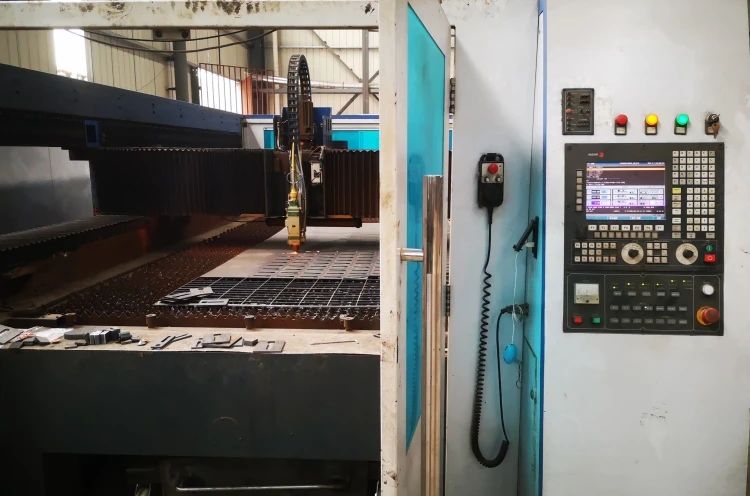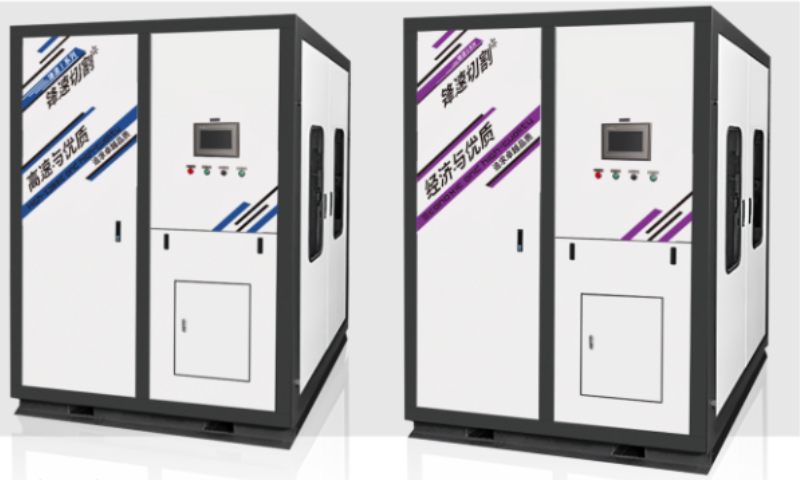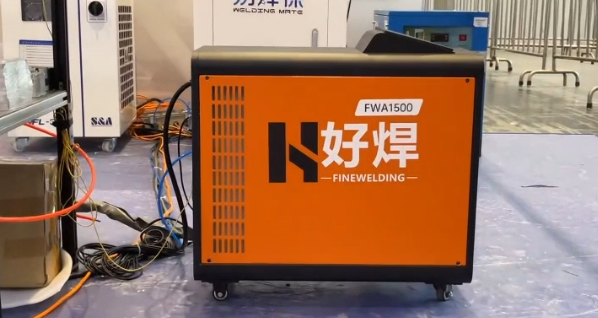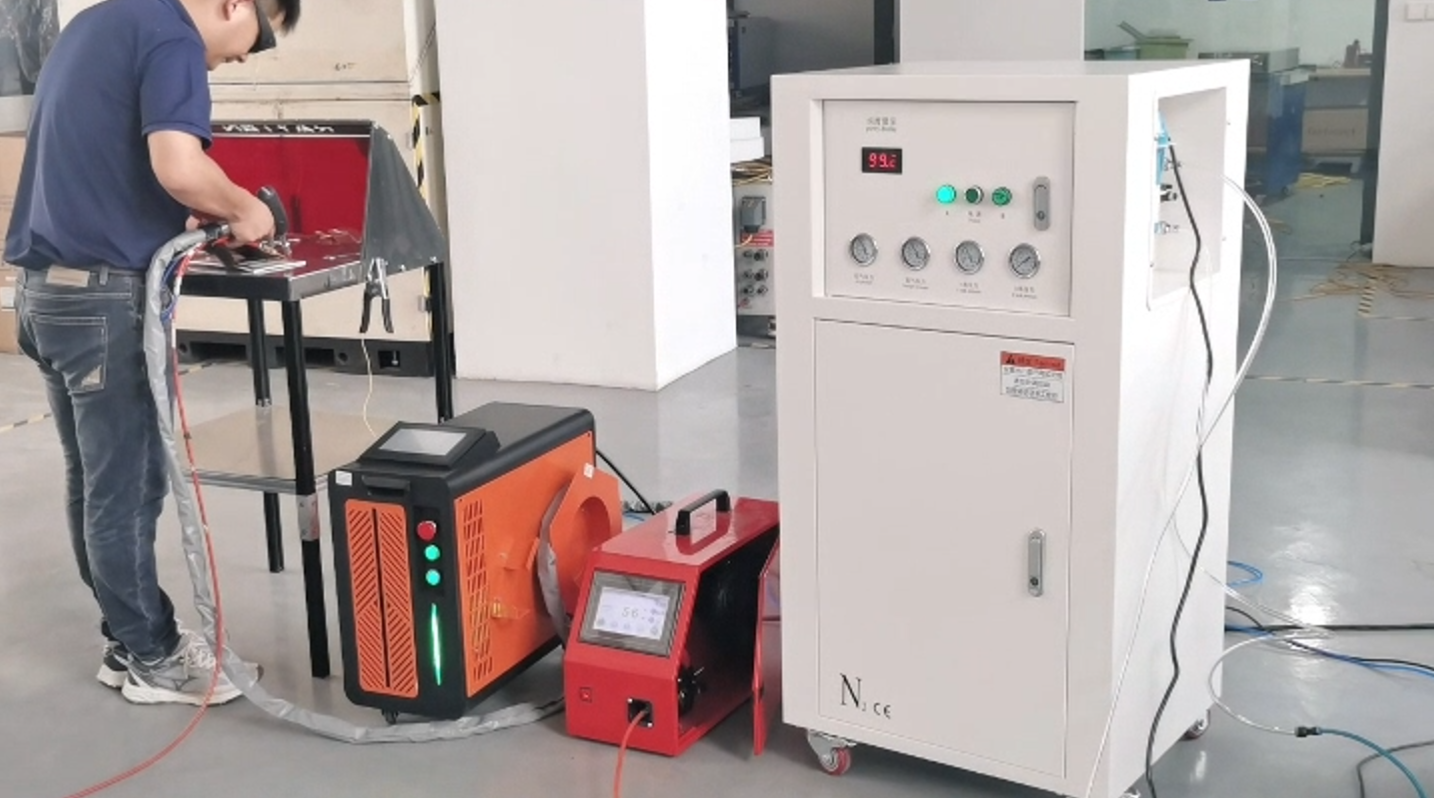How to Choose the Lower Protective Lens of the Laser Cutting Head
In laser cutting equipment parts, the lower protective lens is one of the consumables with a very high replacement frequency.
The lower protective lens is a “double-sided fence” in the external optical path of the laser, which not only needs to resist the harsh environment of external processing, prevent the invasion of dust and splashes, but also resist the high-power laser transmitted forward internally. Even when there is a problem with the gas path, it is also the first one to be affected, resulting in huge consumption.
The lower protective lenses from different manufacturers vary greatly. The lower protective lens not only protects the cleanliness of the internal optical path of the cutting head but also requires high power laser withstand capacity and high laser transmittance. In order to meet these conditions, the requirements for the substrate, processing, coating, and packaging of the lower protective lens are very strict.

Generally speaking, the lower protective lens provided by the original factory of the cutting head is expensive, which makes the lower protective lens sold by third parties very popular. However, not every third-party manufacturer has the production capacity of such consumables.
In recent years, with the fierce price war of fiber lasers, the prices of laser accessories have also become lower and lower. blindly pursuing low prices while neglecting quality can actually outweigh the gains and losses.
What are the consequences of improper selection?
Unqualified lower protection lenses absorb light and generate intense heat, which can cause significant focus drift, leading to poor cutting. Severe heat can also cause lower protection lens breakdown and even reverse breakdown of the focus and alignment of the cutting head. Once high-value components are damaged, maintenance costs can reach up to 20% -50% of the price of the new cutting head, resulting in huge losses.
If the coating is not qualified, the light transmittance is weak, which can lead to insufficient transmission and strong reflection, resulting in the return light of the lower protection lens passing through the cutting head collimator and focusing lens in the opposite direction, and converging again near the output head end cap, causing the output head protection window to burn out.

Cutting head protective window cover, protective cap burned out
A more serious situation is when the output head end cap is burned, the forward laser cannot be transmitted and is held back in the output head, which directly leads to the destruction of the metal structure of the output head, water leakage, slag spraying and other phenomena, and this situation generally causes irreversible damage to the cutting head as well.
How to select the lower protective lens?
Generally speaking, for small and medium-sized terminal customers, the demand for consumables is relatively small, the bargaining power is weak, and can be purchased through the channels of the equipment supplier, for informal channels or price deviation, a need to be careful when buying.
Large terminal or integrator customers in the purchase, due to the large demand, with strong bargaining power and quality control capabilities, can be purchased from the integrator, consumables manufacturers, or first-class agents.
The purchase of protective lenses can be screened according to the following points:
Substrate: choose the more mature material in the industry.
Manufacturer: try to select the optical cold processing manufacturers with high-power laser window, lens, and other optical parts production qualifications.
Coating: according to the laser output laser wavelength customized permeability enhancement film.
Test report: Provide the transmission wavelength report of the protective lens, glossiness qualification report, material type, weak absorption report (not necessary), coating adhesion report, and size and shape report.
What kind of protective lenses should never be used?
There are four types of protective lenses that should never be used, one is the protective lenses with the coating removed and the quartz substrate exposed. This type of protective mirror can be recognized by the naked eye;

Secondly, the quality of the coating is not good. This kind of protective mirror appearance is not wrong, but the test coating part of the area transmittance, part of the area transmittance is low, and high reflection, this type of protective mirror naked eye and microscope can not be recognized, and can only be used to measure the professional instrument;

The third type is a protective lens with foreign matter or air bubbles between the film layer and the substrate. This type of window sheet is used under high power, short life is extremely easy to burn;
The fourth type of protective mirror with poor finish. This kind of service life is on the short side.
Share:
Contact us

